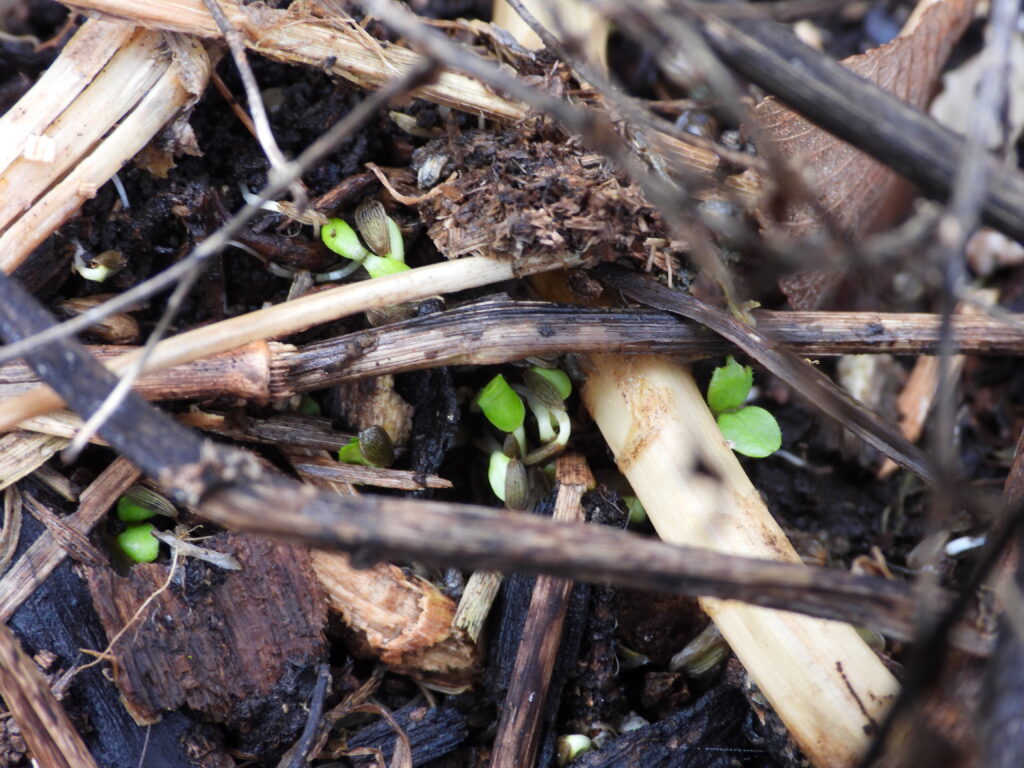(Short answer — probably not.)
But who wants a short answer when you can read an Appalachian anecdote?
Where I grew up, the rule of thumb was to plant lettuce on Groundhog’s Day and peas on Valentine’s Day. Which makes very little scientific sense (even if you ignore the fact that I now live in a different USDA hardiness zone).
After all, what early spring crops are looking for is moist soil that’s not too cold. And February weather is so variable that a date perfect on some years is bound to be terrible on others.
So, yes, I definitely recommend you pull out a soil thermometer rather than planting by the calendar. But there’s also a fun alternative (at least for lettuce).

Last year, I meant to collect seeds from my lettuce bed, so I let the plants bolt and bloom. Unfortunately, it rained then stayed wet while the seeds were maturing. Rather than fighting the damp, I shrugged and figured I’d order my lettuce seeds next time around.
But when I went out to take a look at the spot at the end of January, there were already tiny lettuce seedlings poking up out of the earth! A soil thermometer would have given me data on whether the soil was warm enough right at that moment, but those overwintering seeds assure me that the average had been at least 35 degrees Fahrenheit for long enough to tempt overwintering lettuce to sprout.
Peas need about five more degrees of warmth than lettuce, so while I could plant some now I’m going to wait a little longer. (Pea seeds are also very tasty to critters, so unlike lettuce they’re not a good choice for wintersowing.) To soothe my itchy green thumb and commemorate Valentine’s Day, I’ll start a flat of broccoli inside instead.